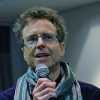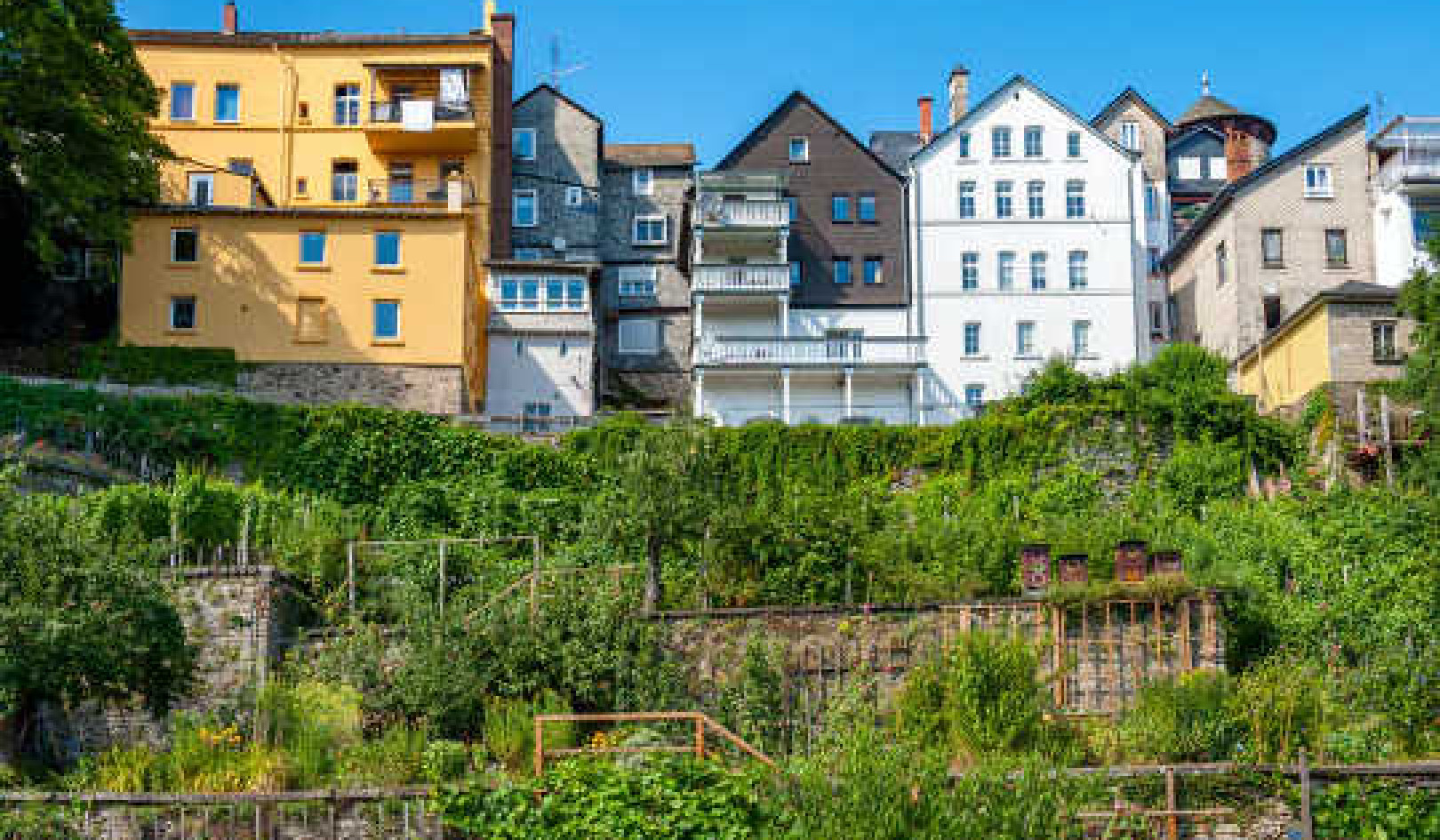 There has been a rapid decline in the costs of solar and wind power, to such an extent that both technologies are now cheaper than nuclear or coal. This development will radically transform global electricity generation networks.
There has been a rapid decline in the costs of solar and wind power, to such an extent that both technologies are now cheaper than nuclear or coal. This development will radically transform global electricity generation networks.
How this transformation takes place in South Africa will depend on the role of government, the regulator, the market and to some extent civil society.
At the moment government is pursuing a strategy based on a limited number of high capacity sites. These are connected to the national grid and owned or operated by about 100 independent power producers. The strategy preserves country’s energy provider Eskom’s monopoly over national distribution, and the holding power of municipalities over distribution at the local level.
South Africa has no option but to derive a higher proportion of electricity demand from renewable sources. This will relieve pressure on the environment as well as stimulate the economy.
Based on present estimates, there is sufficient base load capacity to allow solar penetration to reach levels of at least 30% without needing to reconfigure the existing hardware.
By the end of June 2015, about 5% of South Africa’s electricity requirements were being provided by renewables, excluding hydro, of which one third is being supplied by solar. By 2030, the plan is to have 21% of the total capacity being derived from renewables.
But the government’s continued strategy to centralise energy generation is a barrier to progress. This is because it entrenches the right of local authorities to control energy retail. The actors in these networks are protective of their markets and resistant to more decentralised, democratic approaches.
This means that a number of possible alternatives are not being explored. For example, one option would be to install solar photovoltaic panels on rooftops in low-income areas. This would enable households to generate energy which they could use for their own benefit as well as the benefit of their communities.
How It Can Be Done
The attitude of local authorities to rooftop energy is not a positive one. They tend to overlook its potential as a way of uplifting low income areas through the development of new economic sectors and the use of progressive feed-in tariffs. These involve individuals being paid for the electricity they generate for their own use, or for selling to the grid. Instead, local authorities claim that the technology will disrupt their efforts to subsidise electricity purchases by communities.
But detailed analysis suggests that the impact on electricity revenues will be minimal. It will be around 1% to 5% depending on the assumptions.
Rooftop energy will further reduce the vulnerability of local authorities to non-payment by consumers. It will act as a boost to local economic development and assist in meeting national sustainable development targets, including carbon emissions and water usage. And it is affordable.
The average low-income house has sufficient roof area to support a 5kW solar photovoltaic array. These households will be able to earn the equivalent of R2,000 per month from the panels, either to be used within the household or sold to the grid. But that’s only if they have the appropriate feed-in tariff.
The initial investment is about R20 000 per peak kW or R100 000 for a 5 kW system. This is affordable if treated in the same way as a property bond, despite being beyond the consumption budget of most households. Monthly repayments would be about R850 per month, giving a net benefit of R1,200 per month.
Germany Shows How It Can Be Done
Sustainability transitions, or Energiewende, has emerged as a new field of research and literature. It is particularly used to describe how to facilitate and ensure the transformation of energy systems. This research has highlighted the complexity of attaining such transformations. It has also highlighted the important role of policy in stimulating or providing incentives for the necessary changes.
Germany is at the leading edge of energy transitions. It has already reached a single-day record of 78% of its electricity being generated from renewable resources. The success of the German approach can be ascribed to a number of factors.
These include: generous demand side subsidies and the flexibility of local authorities to re-direct their sources of bulk energy procurement. They have also switched from single-source providers, like South Africa’s energy provider Eskom, to multi-source and highly distributed networks of generators.
Fortunately there are signs that resistance by South African authorities is weakening. At a recent local government conference, municipalities were advised to follow alternative strategies. These include the introduction of a fixed network-connection fee, which would be a minimum monthly charge to cover maintenance of the network regardless of usage. This would allow revenues to be protected regardless of the amount of electricity being sold. Such an approach has already been implemented by coastal city Cape Town, although to a very limited extent.
Attaining higher levels of renewable energy will require cheaper storage options and, in the short term, increased reliance on natural gas and hopefully also biogas produced from organic matter. The challenge for local authorities is not to deepen their dependence on an increasingly expensive or unreliable single-source supply. Municipalities need to consider a future which includes more distributed and democratic systems. This includes procuring energy from rooftop photovoltaic power installed in low income areas.
About The Author

 David Richard Walwyn, Professor of Technology Management, University of Pretoria.
David Richard Walwyn, Professor of Technology Management, University of Pretoria.
This article was originally published on The Conversation. Read the original article.
Related Book:
at

Thanks for visiting InnerSelf.com, where there are 20,000+ life-altering articles promoting "New Attitudes and New Possibilities." All articles are translated into 30+ languages. Subscribe to InnerSelf Magazine, published weekly, and Marie T Russell's Daily Inspiration. InnerSelf Magazine has been published since 1985.

Thanks for visiting InnerSelf.com, where there are 20,000+ life-altering articles promoting "New Attitudes and New Possibilities." All articles are translated into 30+ languages. Subscribe to InnerSelf Magazine, published weekly, and Marie T Russell's Daily Inspiration. InnerSelf Magazine has been published since 1985.























